Home>Articles>How To Store Red Wine After Opening Without A Cork
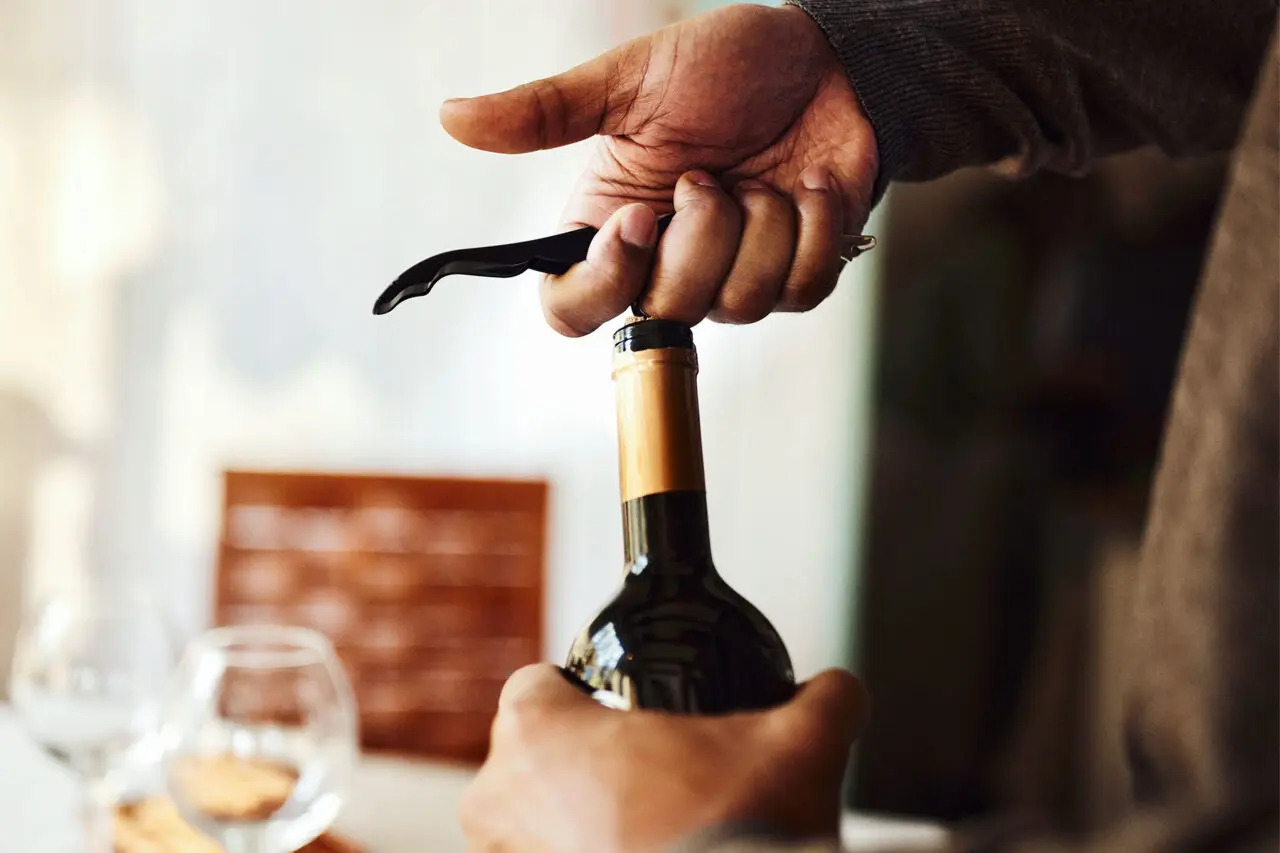

Articles
How To Store Red Wine After Opening Without A Cork
Modified: December 7, 2023
Learn the best way to store red wine after opening without a cork. Our articles provide useful tips and tricks to preserve the quality and flavor of your favorite red wine.
(Many of the links in this article redirect to a specific reviewed product. Your purchase of these products through affiliate links helps to generate commission for Storables.com, at no extra cost. Learn more)
Introduction
Red wine is a popular beverage enjoyed by wine enthusiasts all around the world. Whether you’re savoring a glass of Cabernet Sauvignon after a long day or sharing a bottle of Merlot with friends, there’s no denying the appeal of a good red wine. However, once the bottle is opened, it’s important to know how to store it properly to maintain its flavor and quality.
Storing red wine after opening is crucial because exposure to air can significantly impact its taste and aroma. Unlike white wine, red wine is known for its complex flavors and tannins, which can develop over time. When air comes into contact with the wine, it can cause oxidation, leading to a loss of flavors and undesirable changes in taste. To prevent this, it’s essential to take measures to store red wine properly after opening.
In this article, we’ll explore alternative methods to store red wine without a cork, as well as provide tips to help you preserve the flavor and quality of your red wine. Whether you’re a casual wine drinker or a connoisseur, these methods will ensure that you can enjoy your favorite red wine to the fullest, even after opening the bottle.
Key Takeaways:
- Preserve the rich flavors and aromas of red wine after opening by using alternative storage methods like vacuum pumps, plastic wrap, and smaller bottles. Minimize oxygen exposure and control temperature to extend the wine’s lifespan.
- Enjoy the flexibility of savoring red wine at your own pace with proper storage techniques. Experiment with different methods like refrigeration and trust your taste buds to find the best approach for preserving the quality of your favorite red wines.
Why You Should Store Red Wine After Opening
Once you’ve opened a bottle of red wine, it’s important to store it properly to maintain its taste and quality. Here are a few reasons why you should take the time to store your red wine after opening:
- Prolong the lifespan: Storing red wine properly after opening can help extend its lifespan. Oxygen is the enemy of wine, and exposure to air can lead to oxidation, which affects the flavor and quality of the wine. By implementing proper storage techniques, you can slow down the oxidation process and enjoy your red wine over a longer period.
- Maintain flavor and aroma: Red wine is known for its rich flavors and complex aromas. When exposed to air, these characteristics can quickly deteriorate, resulting in a flat and dull tasting experience. By storing red wine correctly, you can help preserve the wine’s flavors and aromas, ensuring that each glass is as enjoyable as the first.
- Prevent spoilage: Leaving an open bottle of red wine exposed to air for an extended period can lead to spoilage. The wine can develop off flavors and become undrinkable. Proper storage techniques, such as minimizing oxygen exposure and controlling temperature, can help prevent spoilage and ensure that your wine stays fresh.
- Economical: Red wine can be a significant investment, especially if you opt for high-quality bottles. By storing your red wine properly, you can make the most out of each bottle and avoid wasting any leftover wine. This not only saves you money but also allows you to fully appreciate the wine you’ve chosen.
- Flexibility: Storing your red wine after opening gives you the flexibility to enjoy it at your own pace. You don’t have to rush to finish the bottle in one sitting, knowing that it will stay in good condition as long as you store it correctly. This way, you can relish your favorite red wine over multiple occasions without compromising on quality.
By understanding the importance of storing red wine after opening, you can make the most out of each bottle and ensure that every glass is a delightful experience. Let’s explore some alternative methods to store red wine without a cork in the next section.
Alternative Methods to Store Red Wine Without a Cork
If you find yourself without a cork, fear not! There are alternative methods you can use to store your red wine and keep it fresh. Let’s explore a few of these methods:
- The Vacuum Pump Method: One popular method to preserve an open bottle of red wine is to use a vacuum pump. These handy devices help remove excess air from the bottle, slowing down the oxidation process. Simply insert the vacuum stopper into the wine bottle and use the pump to remove the air. This method can extend the lifespan of your red wine by several days.
- The Plastic Wrap Method: Another simple and effective way to store red wine without a cork is by using plastic wrap. After pouring yourself a glass, tightly seal the opening of the bottle with plastic wrap. Make sure to press it firmly against the bottle neck to prevent air from entering. This method helps reduce oxidation and can maintain the flavor and quality of your red wine for a day or two.
- The Transfer to Smaller Bottle Method: If you have an empty half-bottle or a smaller bottle with a screw cap, you can transfer the remaining red wine into it. The smaller bottle will have less air space, reducing the wine’s exposure to oxygen. Make sure to fill the smaller bottle to the brim to minimize air contact. This method is particularly useful if you only have a small amount of red wine left and want to preserve it for a short period.
- The Refrigeration Method: If you’re unable to finish your red wine and don’t have any alternative storage options available, refrigeration can come to the rescue. Place the opened bottle in the refrigerator, ideally in the coldest part, such as the back of the bottom shelf. The lower temperature can slow down the oxidation process and help preserve the wine’s quality for a few days. However, keep in mind that refrigeration can alter the taste and aroma of red wine, so it’s best to consume it within a day or two.
These alternative methods are practical solutions for storing red wine without a cork. Choose the method that suits your situation and enjoy your red wine for longer, even without a traditional cork. In the next section, we’ll provide some tips to enhance your red wine storage experience.
Method 1: The Vacuum Pump Method
The vacuum pump method is a popular technique used to preserve the freshness of an open bottle of red wine. It involves removing excess air from the bottle, reducing oxidation and extending the wine’s lifespan. Here’s how you can use the vacuum pump method to store your red wine without a cork:
- Start by inserting the stopper of the vacuum pump into the opening of the wine bottle.
- Ensure that the stopper is securely in place and airtight.
- Once the stopper is properly sealed, use the vacuum pump to create a vacuum inside the bottle.
- Typically, you will need to pump the handle of the vacuum pump several times until you feel resistance, indicating that sufficient air has been removed.
- Once you’ve created a vacuum inside the bottle, carefully remove the vacuum pump from the stopper.
- The bottle is now ready to be stored in an upright position, away from direct sunlight and excessive heat.
The vacuum pump method helps to slow down the oxidation process by minimizing the wine’s exposure to air. By using this method, you can extend the lifespan of your red wine by several days, allowing you to enjoy it over multiple occasions.
It’s important to note that while the vacuum pump method is effective in preserving the freshness of red wine, it is not foolproof. Over time, some oxidation may still occur, and the wine’s taste and aroma may be subtly altered. Therefore, it’s best to consume the wine within a reasonable timeframe to fully appreciate its flavors and characteristics.
Now that you’re familiar with the vacuum pump method, let’s explore another alternative method to store red wine without a cork – the plastic wrap method.
Method 2: The Plastic Wrap Method
The plastic wrap method is a simple yet effective technique to store red wine without a cork. By tightly sealing the opening of the bottle with plastic wrap, you can minimize the wine’s exposure to air and slow down the oxidation process. Here’s how you can use the plastic wrap method to keep your red wine fresh:
- After pouring yourself a glass of red wine, ensure that there is no residue on the neck of the bottle.
- Tear off a piece of plastic wrap that is large enough to cover the opening of the bottle.
- Hold the plastic wrap firmly and place it over the bottle’s opening.
- Wrap the plastic wrap tightly around the neck of the bottle, ensuring a secure seal.
- Press the plastic wrap against the bottle neck to create an airtight barrier.
- Make sure there are no gaps or loose ends that could allow air to enter the bottle.
By using the plastic wrap method, you can significantly reduce the wine’s exposure to oxygen, helping to preserve its flavors and aromas. This method is particularly useful for short-term storage, typically lasting for a day or two. It’s essential to note that the plastic wrap method may not be as effective as using a cork or a vacuum pump. Therefore, it’s advisable to consume the wine within a reasonable timeframe to ensure its optimal quality.
Now that you’re familiar with the plastic wrap method, let’s move on to explore another alternative method – transferring the wine to a smaller bottle.
Store opened red wine without a cork by using a wine stopper or airtight bottle. Keep it in the refrigerator and consume within 3-5 days for best quality.
Method 3: The Transfer to Smaller Bottle Method
If you find yourself with a partially consumed bottle of red wine and no cork or stopper, transferring the wine to a smaller bottle can be an effective solution. This method reduces the wine’s exposure to oxygen by minimizing the air space within the bottle. Here’s a step-by-step guide on how to use the transfer to a smaller bottle method:
- Find a smaller bottle with a tight-fitting screw cap or cork. It’s important to ensure that the smaller bottle is clean and free from any previous odors or flavors.
- Open the smaller bottle and thoroughly clean it with mild soap and warm water. Rinse it well to remove any soap residue.
- Once the smaller bottle is clean and dry, pour the remaining red wine from the original bottle into the smaller bottle. Fill it as close to the top as possible to minimize the amount of air in the bottle.
- Securely fasten the screw cap or cork onto the smaller bottle to create an airtight seal.
- Store the smaller bottle in an upright position, away from direct sunlight and extreme temperatures.
The transfer to a smaller bottle method reduces the surface area and air volume inside the bottle, limiting the wine’s exposure to oxygen. This approach is particularly useful when you only have a small amount of wine left and want to preserve it for a short period. By doing so, you can maintain the wine’s quality and enjoy it at a later time.
It’s worth noting that, similar to other storage methods, the transfer to a smaller bottle method may not completely prevent oxidation in the long term. It is best to consume the wine within a few days to ensure optimal taste and quality.
Now that you’re familiar with the transfer to a smaller bottle method, let’s move on to explore another alternative approach – refrigeration.
Method 4: The Refrigeration Method
When you don’t have a cork or any alternative storage options available, refrigeration can come to the rescue to help preserve your red wine. While refrigeration can alter the taste and aroma of red wine, it can extend its shelf life for a few days. Here’s how you can use the refrigeration method to store your red wine:
- After opening the bottle of red wine, securely reseal it with a tight-fitting stopper or wrap it with plastic wrap to minimize air exposure.
- Place the sealed bottle in the refrigerator, ideally in the coldest part, which is often the back of the bottom shelf.
- Keep the bottle in an upright position to prevent any potential leakage.
- Ensure that the temperature inside the refrigerator is set between 40°F (4°C) and 50°F (10°C).
- Refrigerate the red wine for a maximum of three to five days. It’s important to note that the quality of the wine may start to deteriorate after this period.
- When ready to enjoy the wine again, allow it to warm up to the ideal serving temperature before serving.
The refrigeration method helps slow down the oxidation process in red wine by lowering the temperature. This method is particularly useful when you need a short-term storage option and don’t have access to traditional cork or stopper alternatives. However, it’s important to consume refrigerated red wine within a few days, as extended exposure to low temperatures can affect its taste and quality.
Now that you know how to store red wine without a cork using the refrigeration method, it’s time to explore some essential tips for storing red wine after opening.
Tips for Storing Red Wine After Opening
To ensure the optimal flavor and quality of your red wine after opening, here are some essential tips to keep in mind:
- Minimize oxygen exposure: Red wine’s biggest enemy is oxygen, which can quickly deteriorate its taste and aroma. When storing red wine after opening, always try to minimize its exposure to air. Use a cork, stopper, or alternative methods like vacuum pumps or plastic wrap to create an airtight seal.
- Control temperature: Temperature plays a crucial role in how red wine ages and evolves. Ideally, store your opened red wine in a cool, dark place with a consistent temperature between 55°F (13°C) and 65°F (18°C). Avoid drastic temperature changes and keep the wine away from direct sunlight and heat sources.
- Store in an upright position: While storing unopened red wine bottles on their side helps keep the cork moist, once opened, it’s best to store the bottles in an upright position. This minimizes the surface area exposed to air and reduces the risk of any potential leakage.
- Consume within a few days: While proper storage techniques can prolong the lifespan of your red wine, it’s advisable to consume it within a few days to enjoy its full flavors and characteristics. Red wines, especially those high in tannins, can start to deteriorate in quality after being exposed to air for an extended period. So, aim to finish the bottle in a timely manner.
- Label and date: It’s helpful to label and date your opened red wine bottles. This allows you to keep track of when you opened them and helps you prioritize which bottles to consume first. You can use removable labels or simply write on the bottle with a marker to make it easier to identify.
- Refrigerate lighter-bodied red wines: Lighter-bodied red wines, such as Pinot Noir or Beaujolais, can benefit from a brief stint in the refrigerator, even when unopened. This slightly chilled temperature can enhance their refreshing qualities. However, be cautious not to over-chill the wine, as it may mask certain flavors and aromas.
- Trust your taste buds: Ultimately, taste is subjective, and everyone’s preferences differ. While there are general guidelines for storing red wine, it’s best to trust your own taste buds. Experiment with different storage methods and find what works best for you and the specific bottle of red wine you’re enjoying.
By following these tips, you can maximize the enjoyment of your red wine even after opening. Remember, proper storage techniques and attention to detail can make a significant difference in preserving the flavors and qualities of your favorite red wines.
As we conclude, it’s essential to remember that while these alternative methods can help, they may not be as effective as using a cork or a wine preserver designed specifically for storing opened bottles. If you frequently find yourself with leftover wine, investing in proper preservation tools can be a worthwhile consideration.
Cheers to preserving the taste and quality of your red wine!
Conclusion
Storing red wine properly after opening is essential to maintain its flavor and quality. Although a traditional cork is the ideal choice for sealing a bottle of red wine, there are alternative methods available when a cork is not available. The vacuum pump method, plastic wrap method, transfer to a smaller bottle method, and refrigeration method can all help prolong the lifespan of your red wine and preserve its flavors and aromas.
When storing red wine without a cork, it’s crucial to minimize oxygen exposure by creating a tight seal with a vacuum pump, plastic wrap, or a smaller bottle. Controlling the temperature is equally important, with a cool, dark, and consistent environment being the optimal storage condition. Storing the bottle upright, consuming the wine within a few days, and labeling each opened bottle are additional tips to ensure the best storage practices.
While these alternative methods can help preserve your red wine, it’s important to note that they may not be as effective as using a traditional cork or specialized wine preservation tools. Understanding your personal preferences and experimenting with different storage techniques will help you find the best method for your specific red wine bottles.
Remember, enjoying red wine is an experience to be savored and appreciated. By implementing these storage techniques and tips, you can continue to enjoy the full flavors and aromas of your favorite red wines long after they have been opened. Cheers to preserving and enjoying every last drop of red wine!
Frequently Asked Questions about How To Store Red Wine After Opening Without A Cork
Was this page helpful?
At Storables.com, we guarantee accurate and reliable information. Our content, validated by Expert Board Contributors, is crafted following stringent Editorial Policies. We're committed to providing you with well-researched, expert-backed insights for all your informational needs.
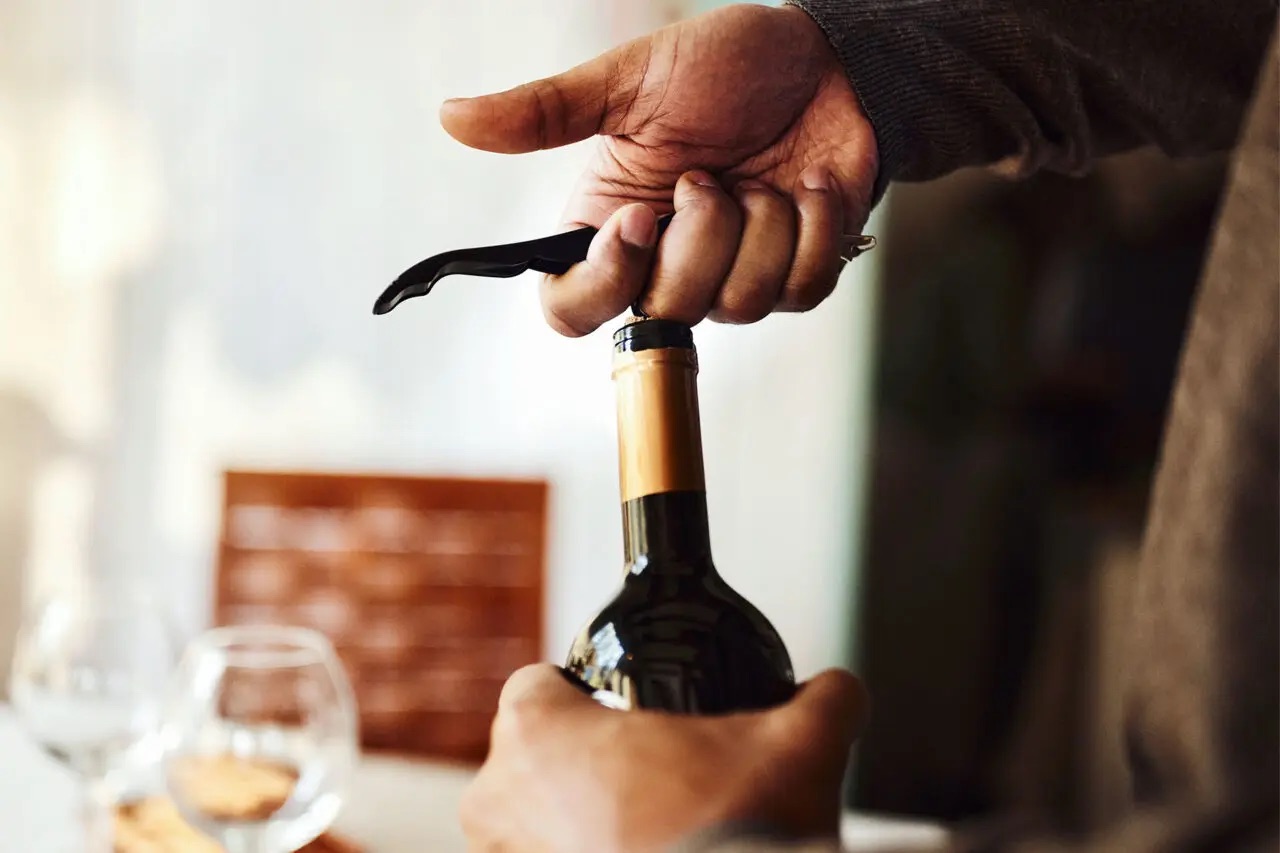
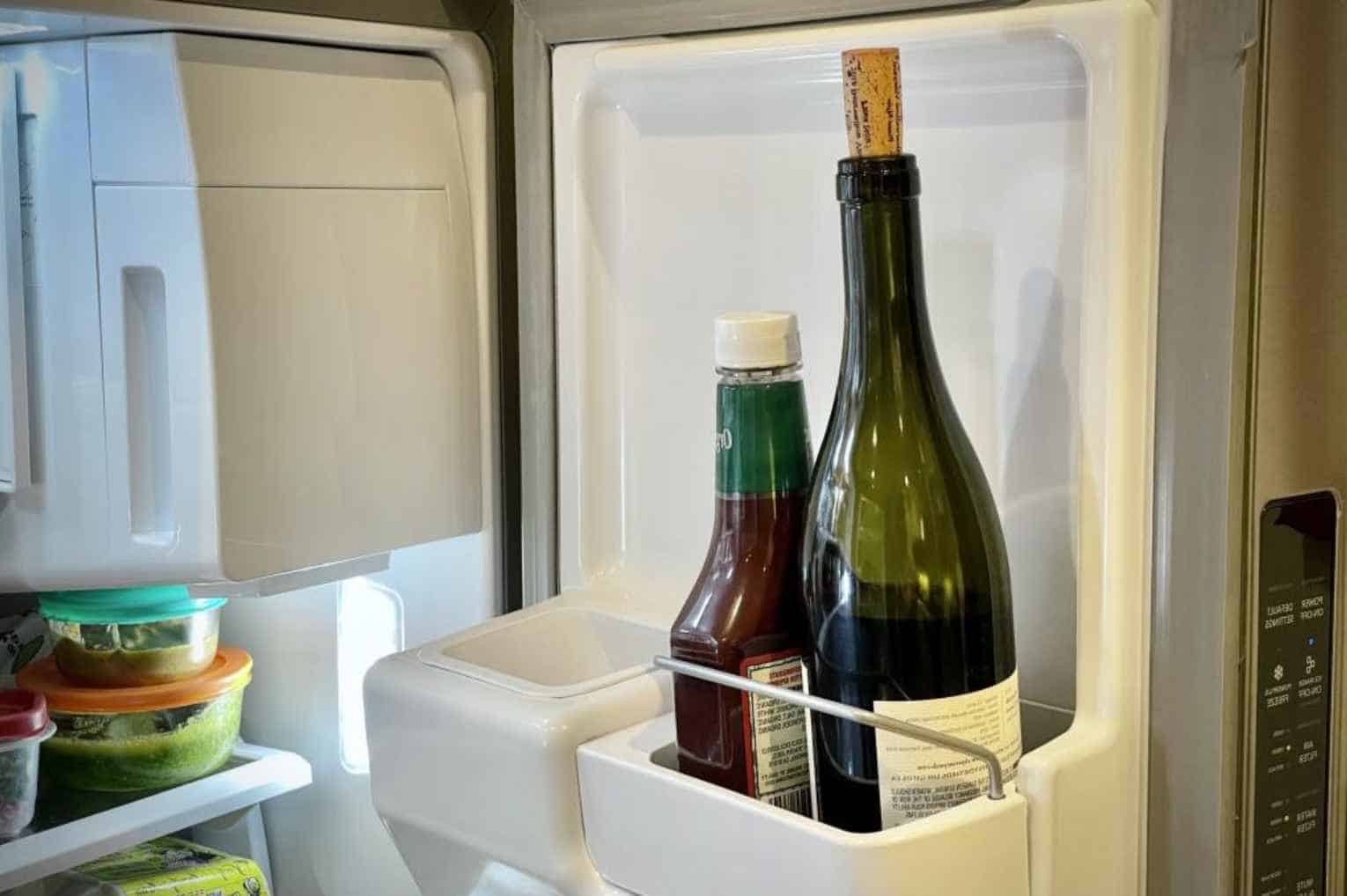
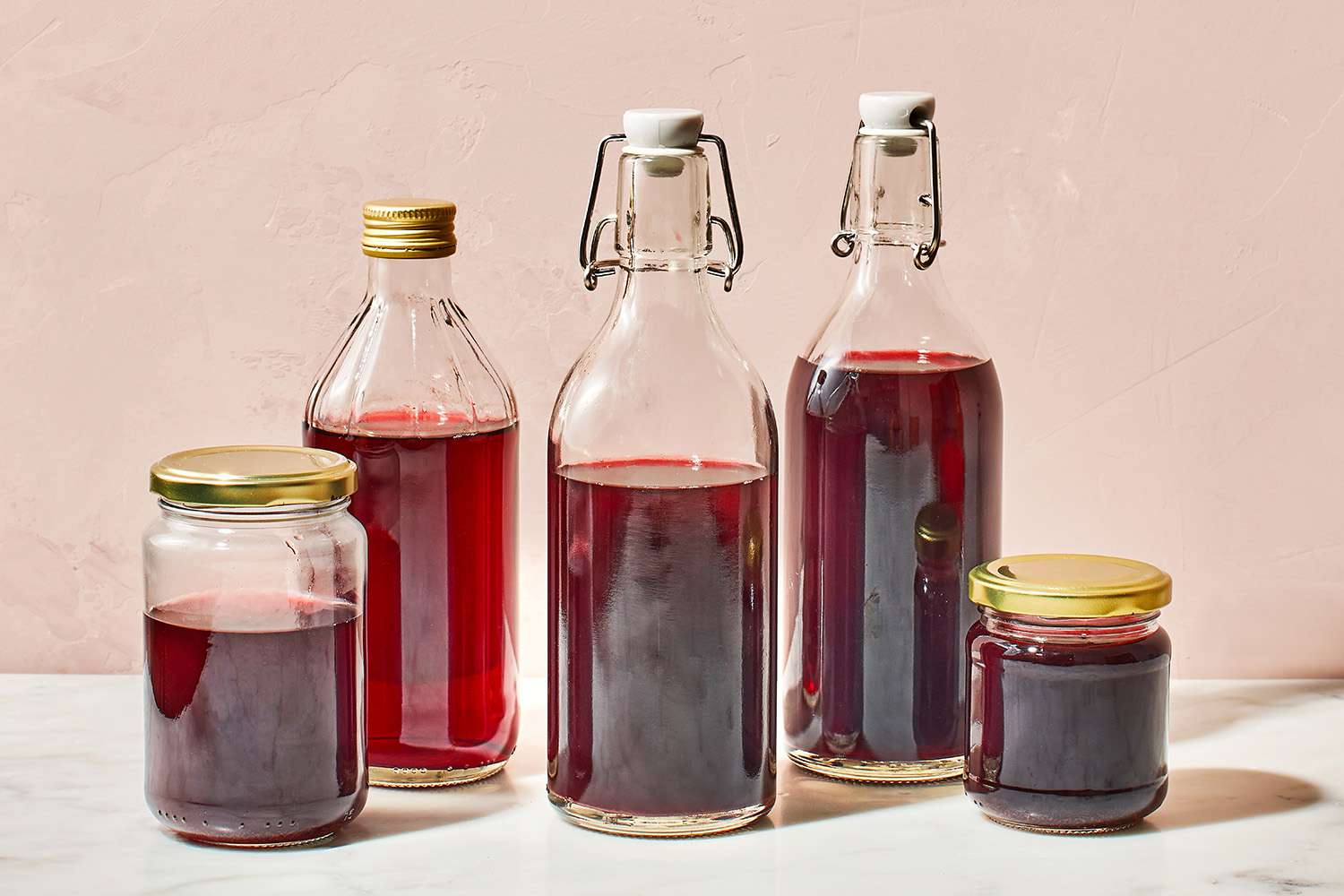
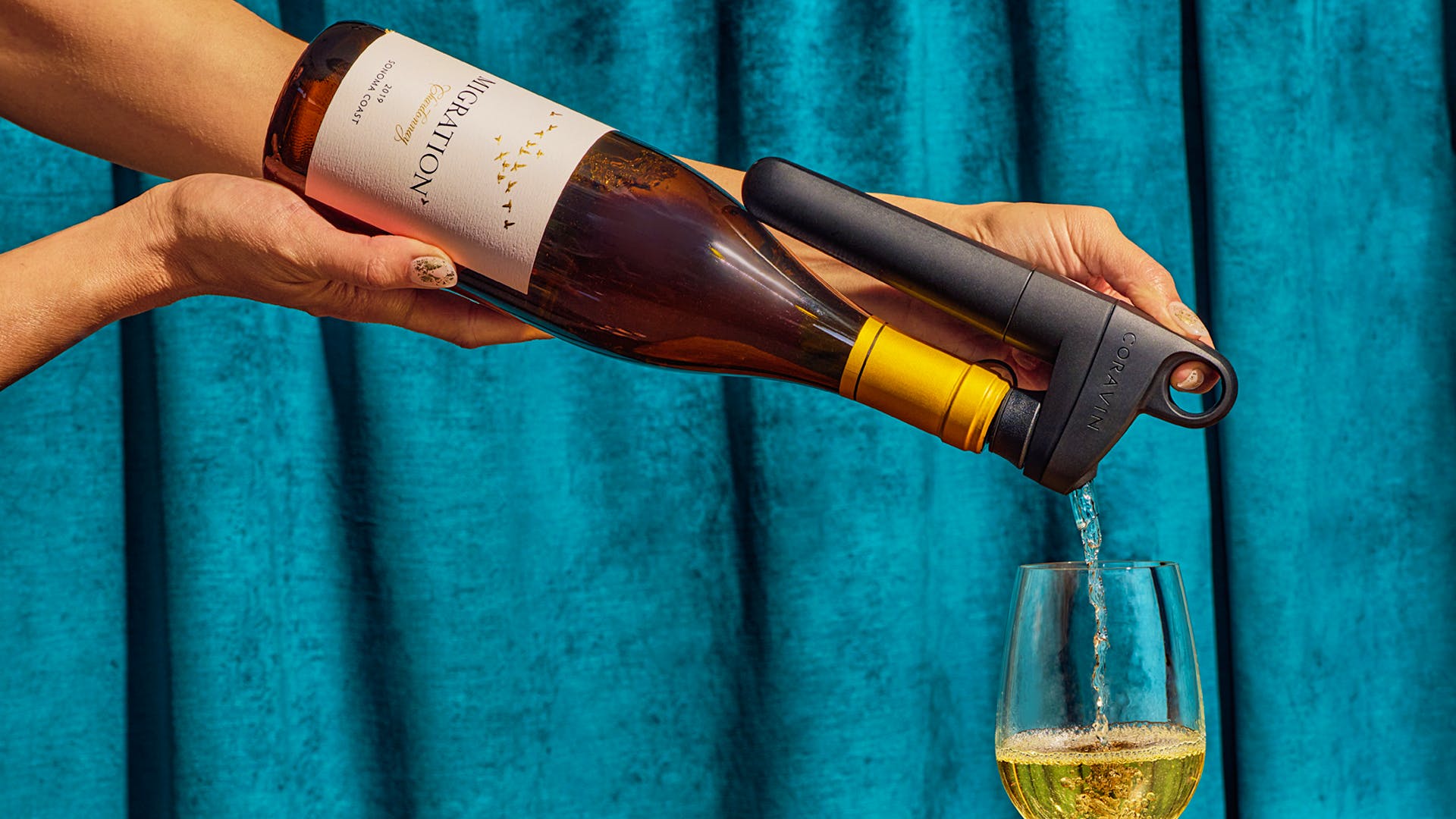

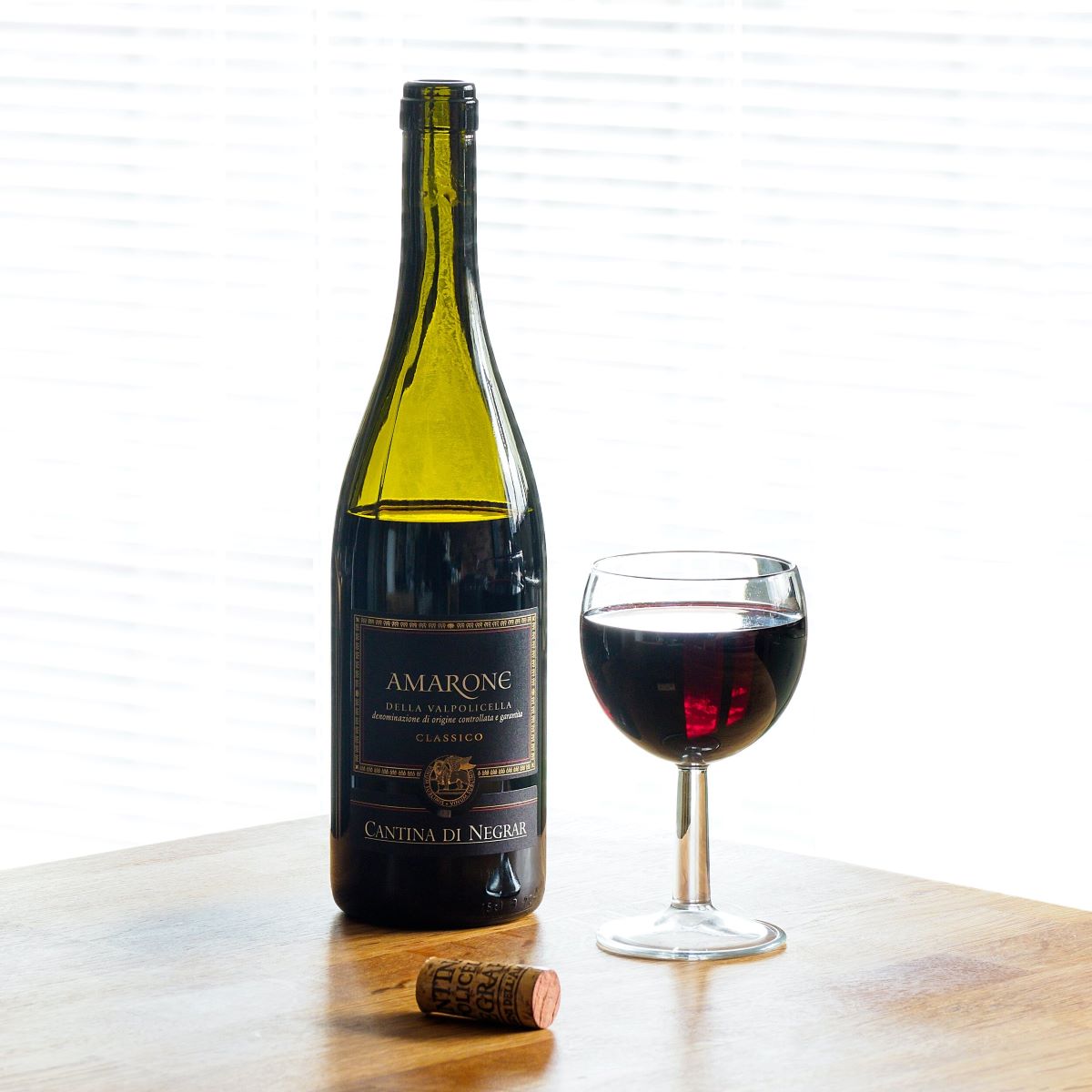

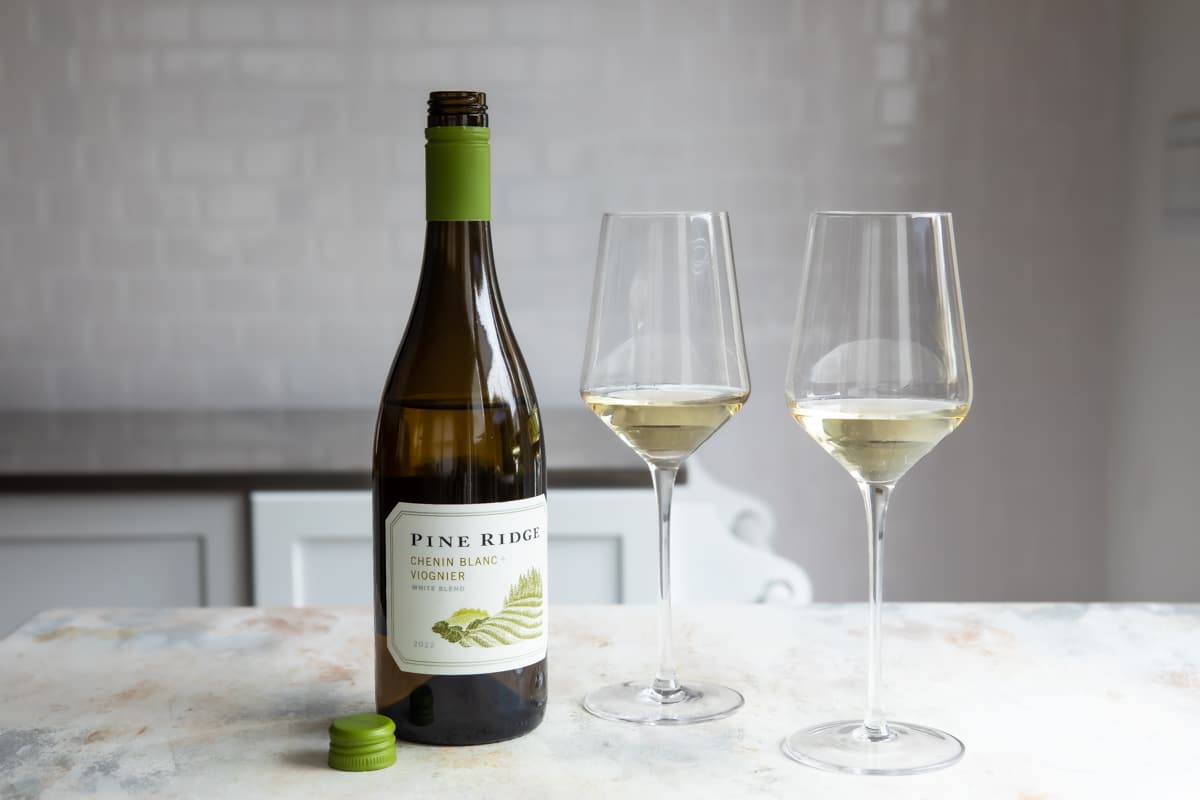
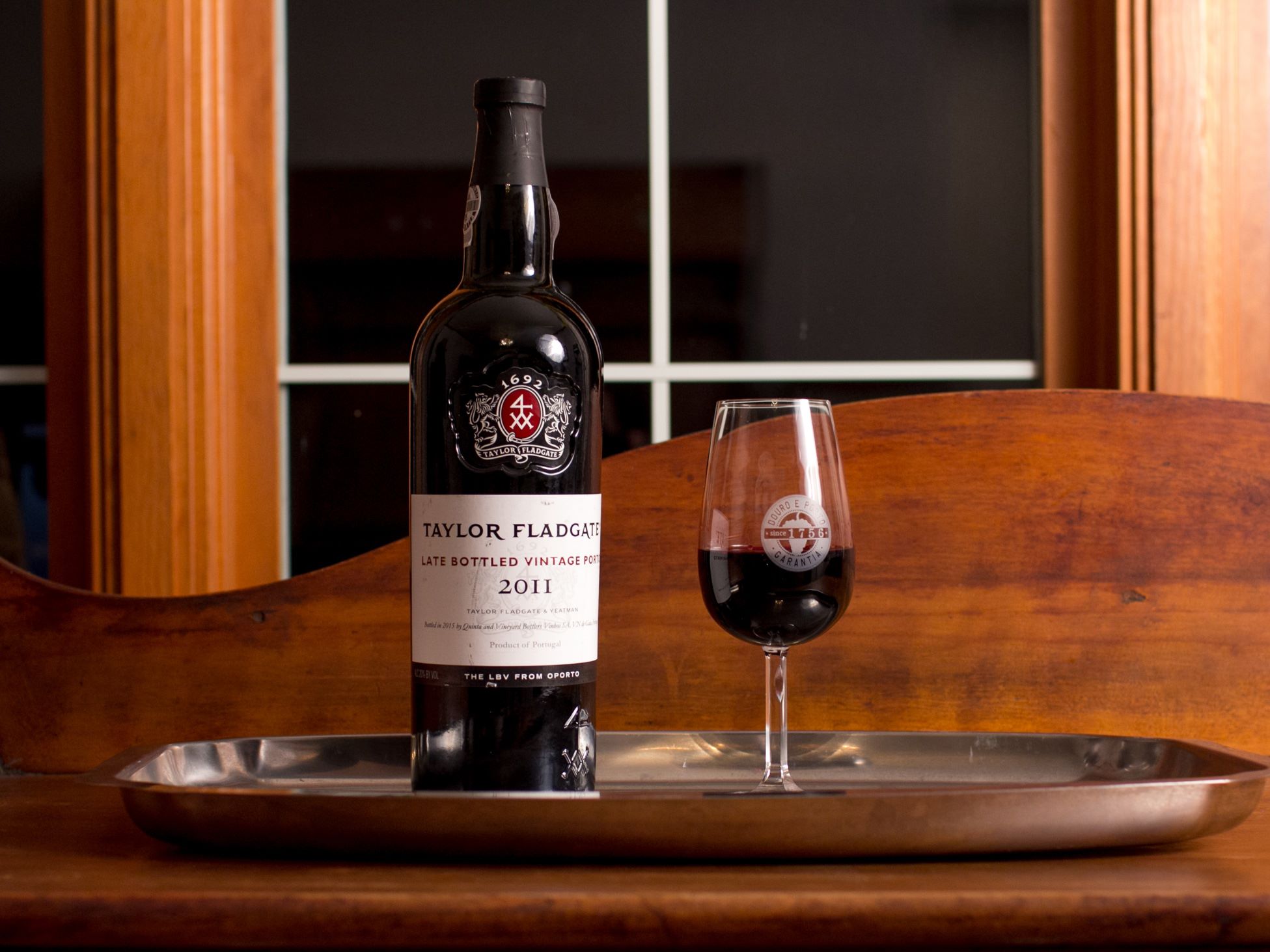
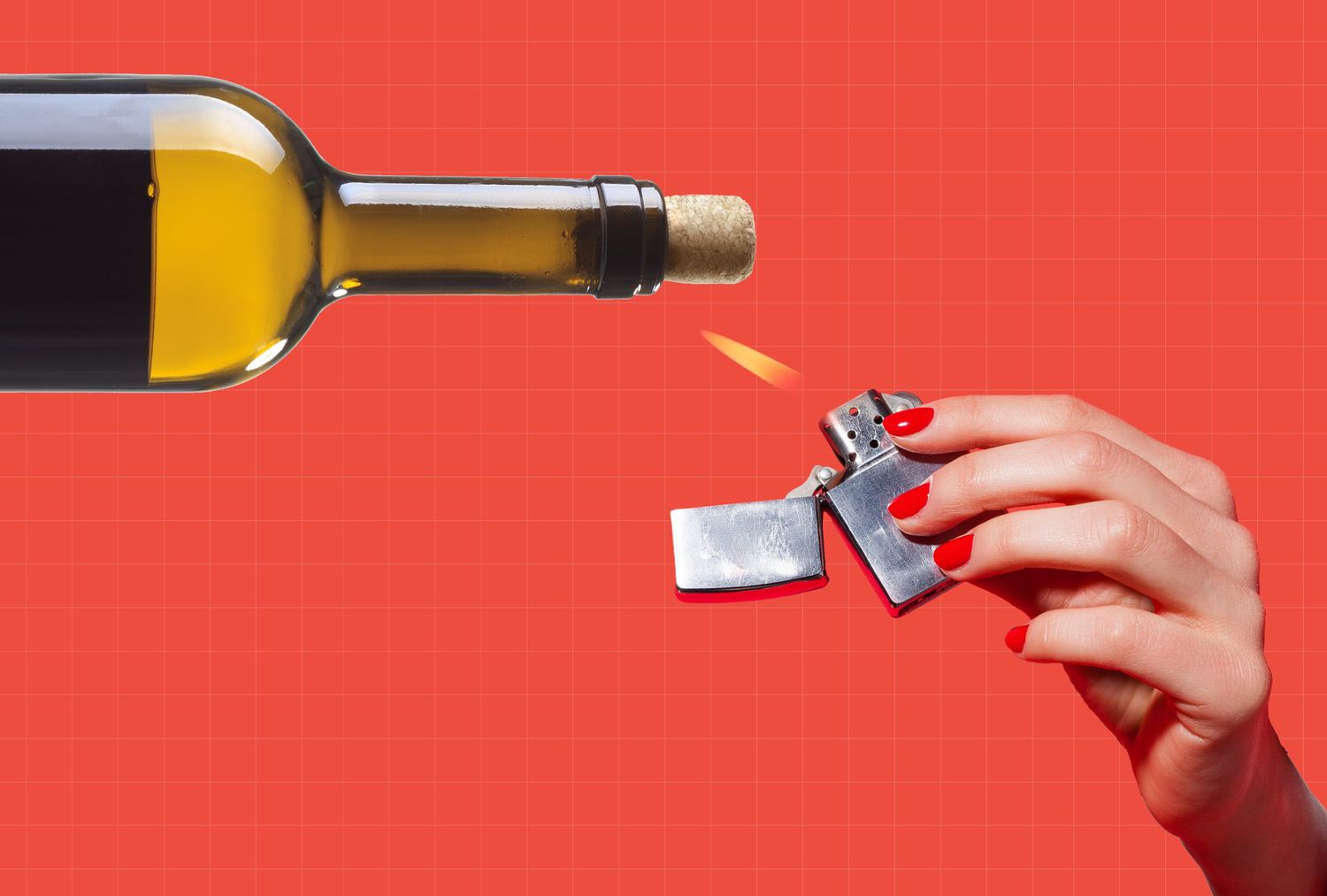
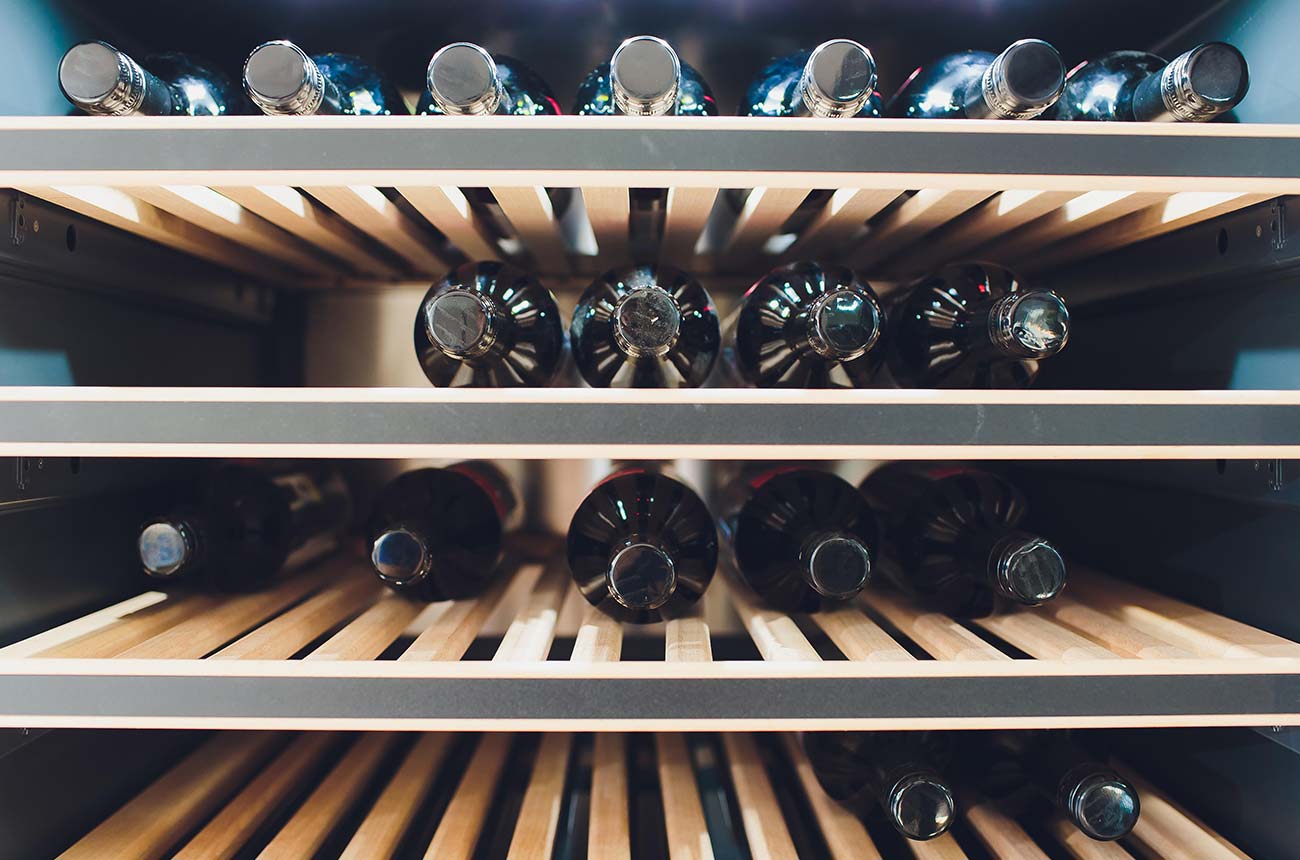

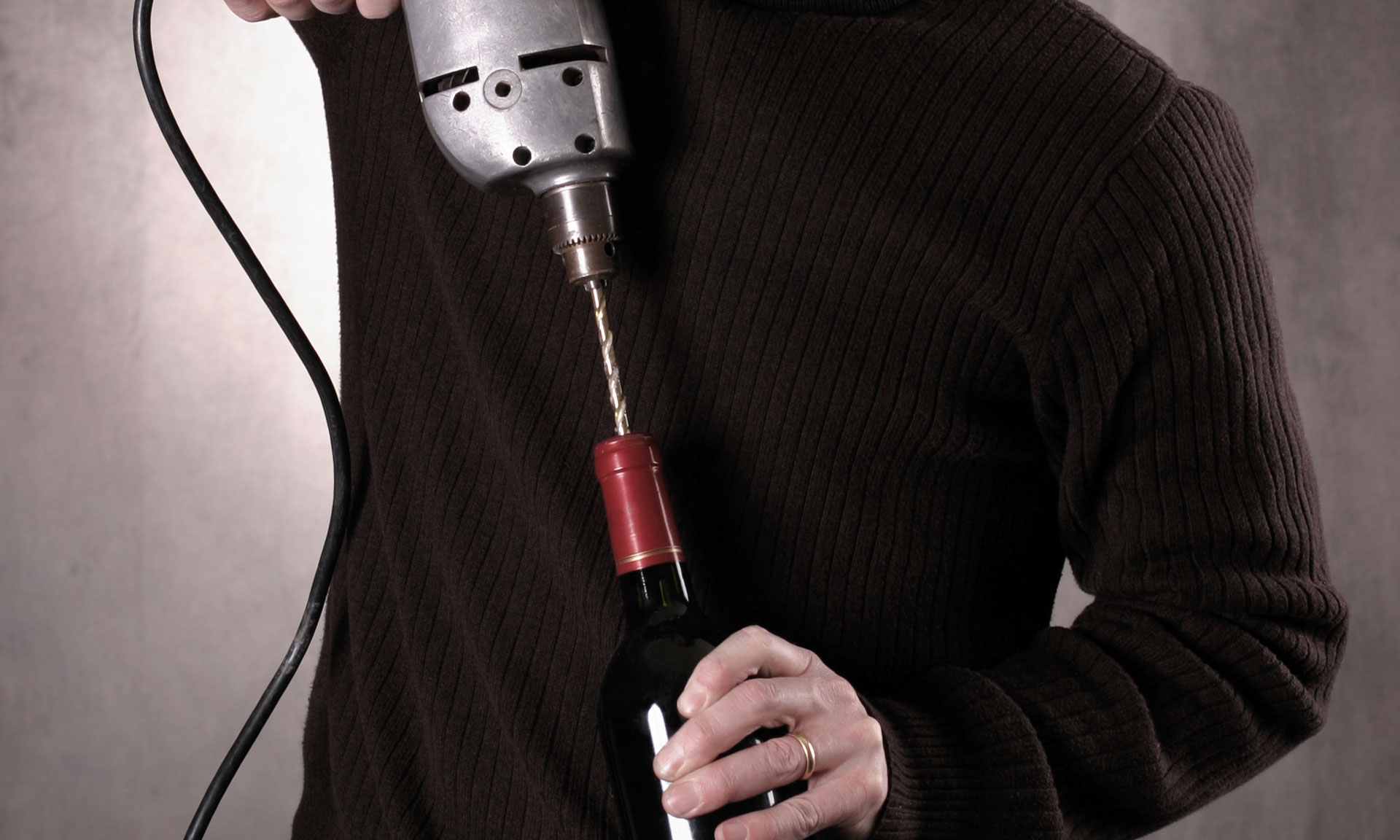
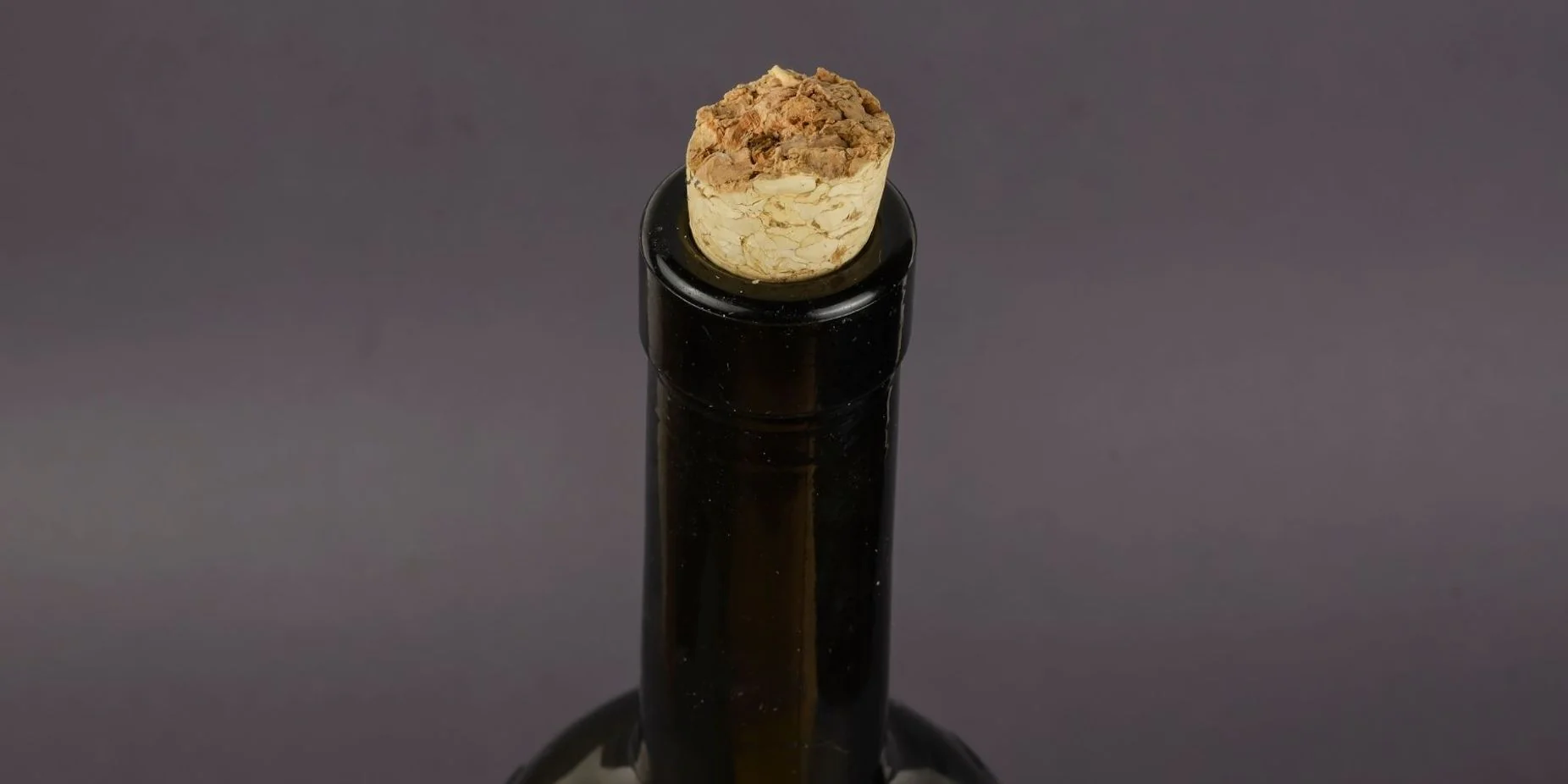

0 thoughts on “How To Store Red Wine After Opening Without A Cork”